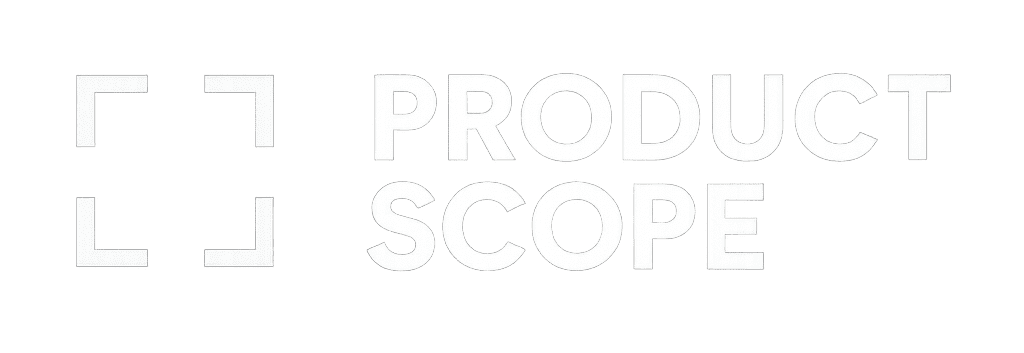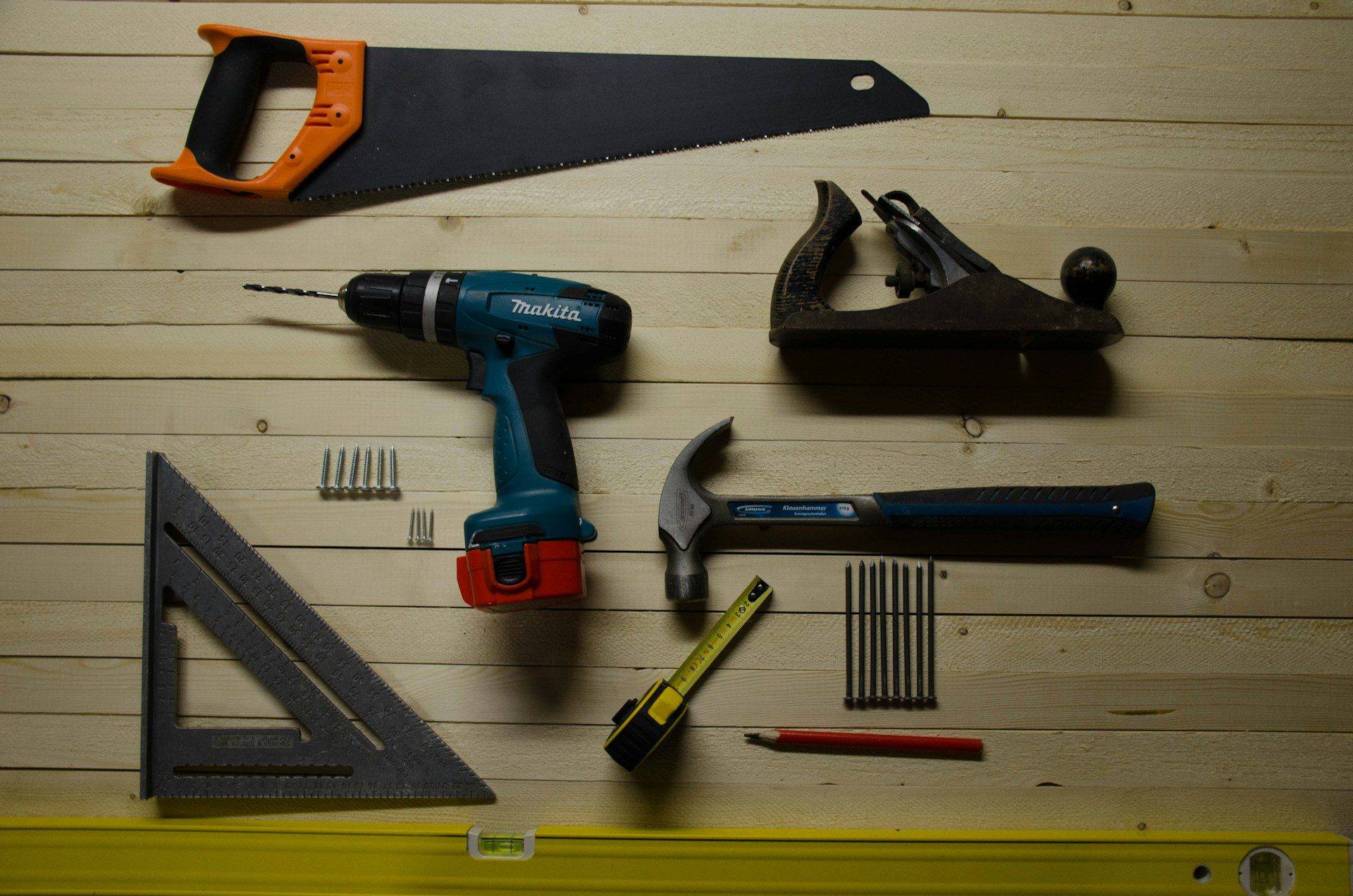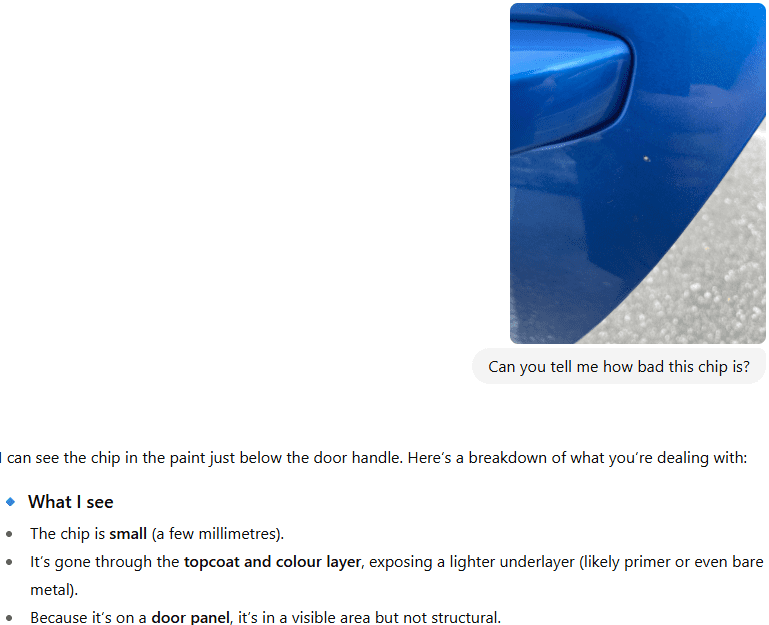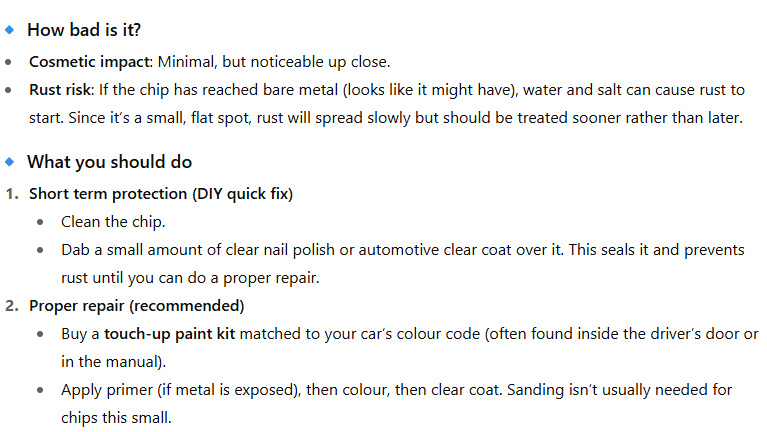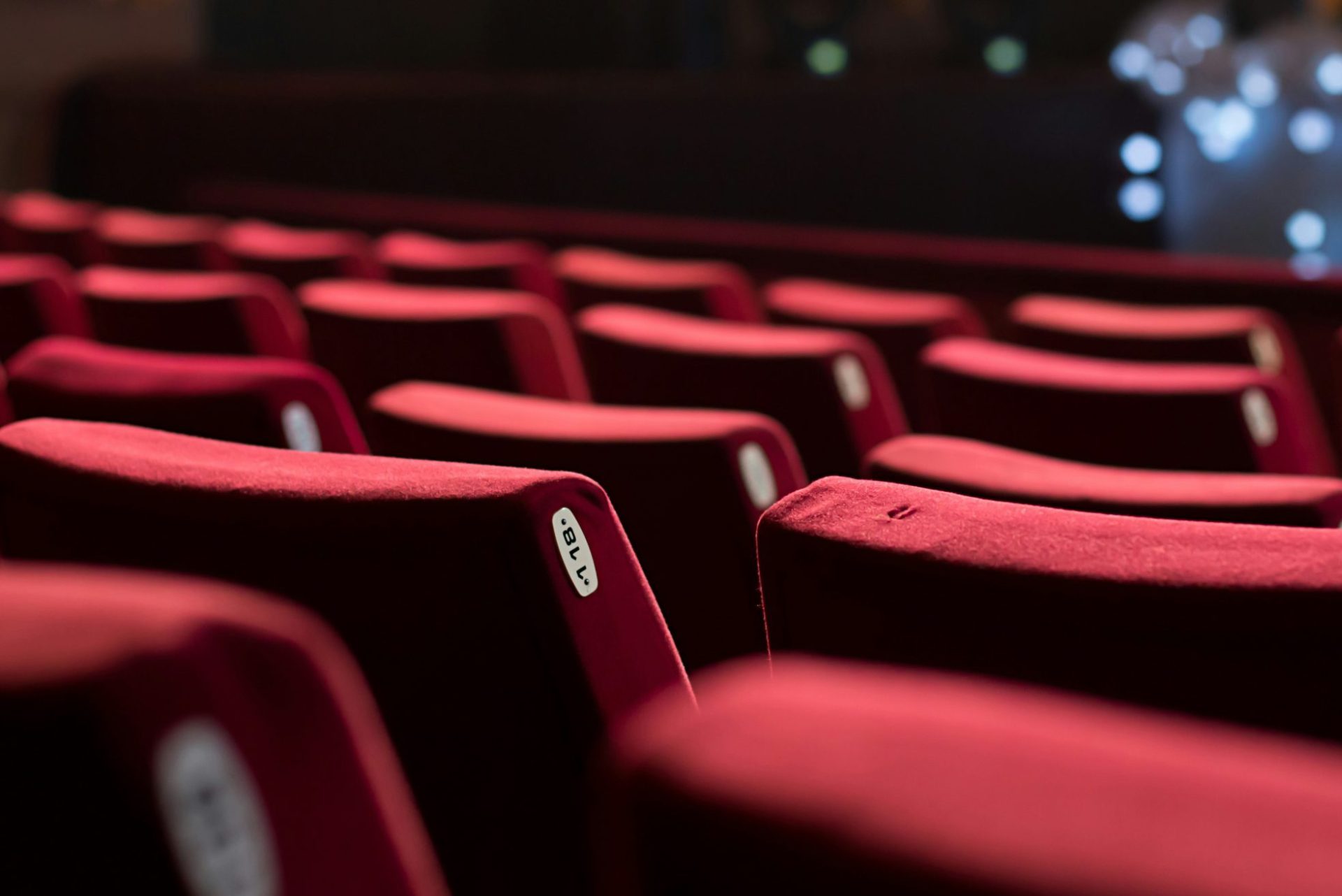AI Photo Prompting: How Photos Help Me Repair Everything
AI Photo Prompting: How Photos Help Me Repair Everything
I’ve read lots of guides about crafting detailed written prompts to get the best responses from AI but not much about using visual inputs. I’ve discovered that sometimes a simple photo gets better results than paragraphs of text. After realising the power of photo prompting in early 2025, it’s something that I now use daily.
This is the final post in my AI Photo Prompting series, where I share how taking photos and asking ChatGPT (which excels at image analysis and text extraction) to analyse them often works better than writing detailed text prompts. After discovering how photo prompting cut my electricity bill by €140/month, master cooking techniques, assist with shopping decisions, and provide quick details translations, I found it might be most valuable for those everyday problems that usually mean expensive call-outs or replacing items entirely.
I’ve dabbled in DIY but I’m not the most adept at car maintenance or household repairs. My approach is simple: photograph the problem with clear framing to capture all visible details, upload to ChatGPT with a brief description, then discuss the analysis and ask follow-up questions until I have a complete solution.
The dishwasher incident was particularly revealing. I’d noticed my knives coming out with what looked like rust spots after washing, which seemed bizarre. I photographed the affected knives and asked ChatGPT what could be causing this. Instead of just suggesting rust removal, it diagnosed the root cause: the dishwasher’s heating element had likely failed, meaning the final rinse wasn’t hot enough to properly activate the rinse aid and remove chemical residues. Those “rust-like spots” were actually dried-on dishwasher chemicals that had bonded to the metal.
ChatGPT explained how to test the heating element and recommended temporary solutions until I could get it repaired. Armed with this detailed technical diagnosis, I contacted our landlord with a clear explanation of the problem and the failed component. The result? A brand new dishwasher for our rental. Problem identified, understood, and solved – all from a photo of what I thought were rusty knives.
ChatGPT can also be used to troubleshoot technical setup problems. I was struggling with connecting my printer to the wireless network after our move. I took photos of the indicator lights and the printer’s output display, and ChatGPT walked me through the connection process step by step. It also advised me how to reset my smart plugs and Firestick so I could connect them to the new network, and even helped me set up a mesh network for better coverage.
What’s particularly valuable is that I don’t have to decipher difficult instruction manuals or search through endless online forums. I can ask follow-up questions and get ChatGPT to rephrase explanations until I understand completely. But it all starts with a photo prompt to get the ball rolling, so ChatGPT can fully understand the actual situation rather than working from my potentially inaccurate description.
The cost savings have been substantial: car paint repair (€150+ saved), wooden chair replacement (€200+ saved), technical call-outs (€50-80+ each avoided). That’s over €400 in avoided costs from simple photo analysis. The dishwasher repair diagnosis alone saved me hours of troubleshooting and probably prevented me from buying new cutlery unnecessarily.
This series started with a simple observation: I was using photos with AI more than anyone seemed to be talking about. What I discovered was a methodology that consistently delivers better results than complex text prompts.
The technique is deceptively simple—photograph what you’re dealing with, ask a basic question, then follow the conversation where it leads. But the compound effects are remarkable. One photo of an electricity bill led to €1,680 in annual savings. A few shots of car interiors guided a confident purchase decision in a foreign country. Kitchen photos transformed cooking disasters into genuine successes.
What makes this powerful isn’t just the individual solutions, but how visual inputs unlock possibilities you never knew existed. When ChatGPT saw my boiler specifications, it didn’t just translate them—it diagnosed the problem, suggested timer plugs, calculated optimal schedules, and recommended specific products. That’s the difference between asking for help and showing what you’re actually working with.
This diagnostic approach – using visual evidence to identify root causes rather than symptoms – drives how I help clients optimise their operations through Product Scope. Whether it’s analysing complex workflows, understanding technical requirements, or diagnosing operational bottlenecks, visual evidence consistently cuts through confusion faster than lengthy explanations.
If you’ve been following this series, try the technique yourself. Take a photo of something that’s been frustrating you—a confusing document, a broken appliance, a cluttered process. Upload it with a simple prompt and see where the conversation leads.
Sometimes the most sophisticated solutions start with the simplest inputs.
